Mastering DTF Transfer: Create Stunning Personalized Direct-to-Film Designs
Direct-to-film (DTF) transfer and printing is a cutting-edge method for high-quality, vibrant prints…….
In the dynamic realm of digital printing, custom DTF (Direct to Film) transfers have emerged as a game-changer, revolutionizing the way we reproduce designs onto various materials. This article delves into the intricate process of creating bespoke DTF transfers, exploring their significance, applications, and the steps involved in bringing unique creative visions to life. By the end, readers will possess a thorough understanding of this specialized technique, its global impact, and its role in shaping modern printing practices.
Definition: Custom DTF transfers refer to the process of creating personalized digital prints that are directly applied to various substrates, such as fabric, wood, or metal, using a special film. This technique allows for high-quality, precise reproduction of intricate designs, making it popular among artists, designers, and manufacturers.
Core Components:
Design Software: Specialized software is utilized to create or edit digital art, ensuring the design meets the required specifications for DTF printing. Adobe Illustrator and CorelDRAW are commonly used tools due to their vector-based capabilities.
DTF Printer: These printers are designed specifically for DTF transfer applications. They use a precision mechanism to apply the print onto the target material by curing the ink with UV light.
Ink and Film: High-performance inks and films are crucial for achieving optimal results. Ink types vary based on substrate compatibility, such as textile or metal-compatible inks. The film acts as an intermediate carrier for the design.
Substrate: The final material onto which the DTF transfer is applied, ranging from t-shirts and fabric to acrylic panels and metal surfaces.
Historical Context:
The concept of DTF printing has its roots in traditional screen printing methods. Over time, technological advancements have led to the development of more efficient and versatile DTF systems. Today, this technique offers a cost-effective alternative to traditional printing processes, enabling personalized mass production with intricate design details.
Significance:
Custom DTF transfers hold immense value across multiple sectors:
The popularity of custom DTF transfers has spread worldwide, driven by several key trends:
| Region | Market Growth (2021-2025) | Key Drivers |
|---|---|---|
| North America | 12.5% | Strong demand from the apparel and marketing sectors |
| Europe | 15% | Increasing adoption in the automotive and electronics industries |
| Asia-Pacific | 18% | Rapid e-commerce growth and a preference for personalized products |
| Latin America | 10% | Emerging design and fashion markets |
These trends highlight the global embrace of DTF transfers, with each region contributing unique market dynamics. For instance, Asia-Pacific’s high growth is fueled by the region’s thriving e-commerce industry, where personalized, on-demand products are in high demand.
The custom DTF transfer market is characterized by several economic factors:
Technological breakthroughs have been instrumental in shaping the custom DTF transfer landscape:
Design Creation: Begin by designing or sourcing a digital image that meets the required resolution and specifications for printing. Ensure it is optimized for the chosen substrate.
Software Preparation: Use design software to arrange and position the artwork, adding any necessary text or branding elements. Export the file in a compatible format (e.g., PDF, AI).
Film Preparation: Choose an appropriate DTF film based on the desired ink type and substrate. Cut the film to match the design size, ensuring precise alignment during printing.
Printer Setup: Load the DTF printer with the correct ink and film combination. Calibrate the printer settings according to the specific design requirements.
Printing Process:
Application: Transfer the design from the film to the desired substrate by pressing it firmly and curing the ink with UV light (if required). For fabric, heat press machines are commonly used for a permanent bond.
Custom DTF transfers find applications across diverse industries:
While DTF transfers offer numerous advantages, there are also challenges to be addressed:
The future of custom DTF transfers appears promising, driven by several factors:
In conclusion, custom DTF transfers have evolved from a niche technique to a powerful tool in the digital printing arsenal. With its ability to deliver intricate designs on diverse surfaces, this process continues to shape industries worldwide, fostering creativity and innovation. As technology advances and market demands evolve, the potential for DTF transfers to revolutionize personalized printing remains limitless.

Direct-to-film (DTF) transfer and printing is a cutting-edge method for high-quality, vibrant prints…….
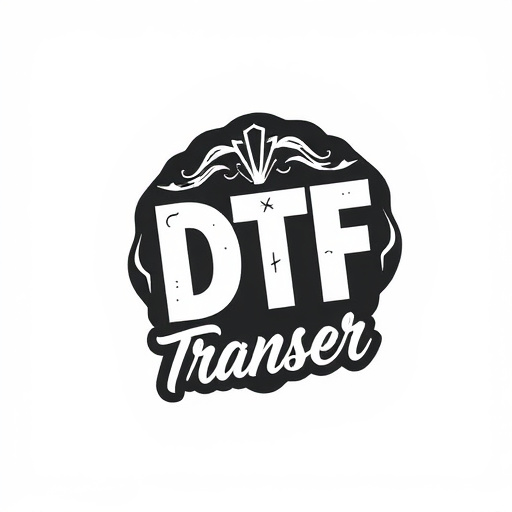
Direct-to-film (DTF) transfer is a cutting-edge printing technique offering unparalleled customizati…….
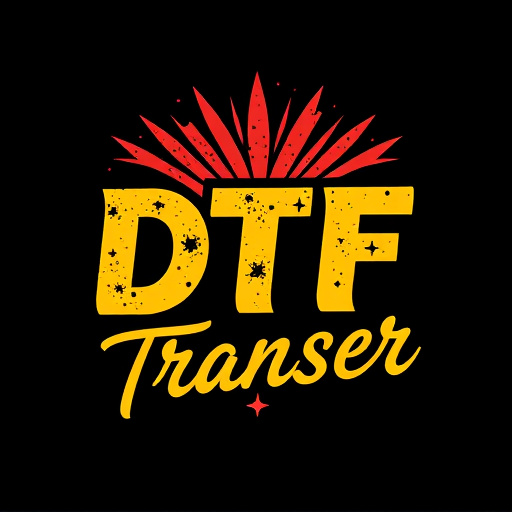
DTF (Direct-to-Film) prints revolutionize customization, offering high-quality, intricate designs on…….
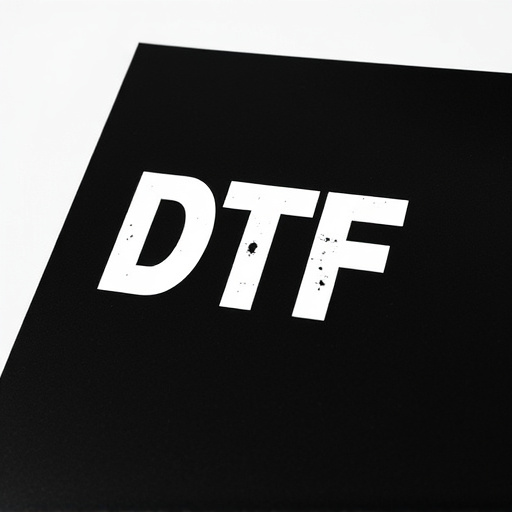
DTF Transfer is a cutting-edge printing technique allowing designers to create highly customized, vi…….
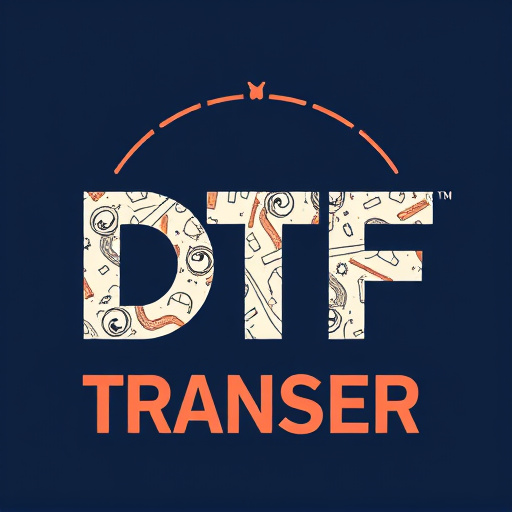
DTF Printing (Direct-to-Film) is a modern, efficient method for creating high-quality, personalized…….
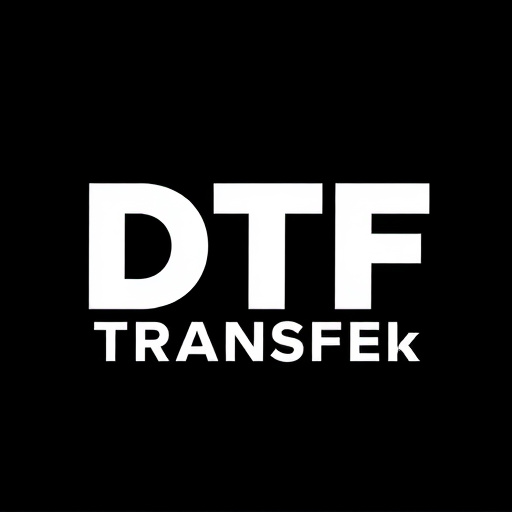
DTF (Direct-to-Film) printing is a cutting-edge technology enabling high-quality customization on va…….

Direct-to-Film (DTF) printing is a revolutionary process for designers and manufacturers, offering p…….
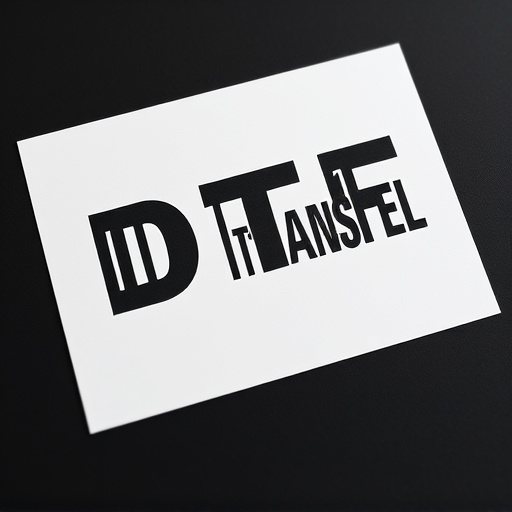
DTF (Direct-to-Film) Printing is a cutting-edge technique for creating high-quality, personalized de…….
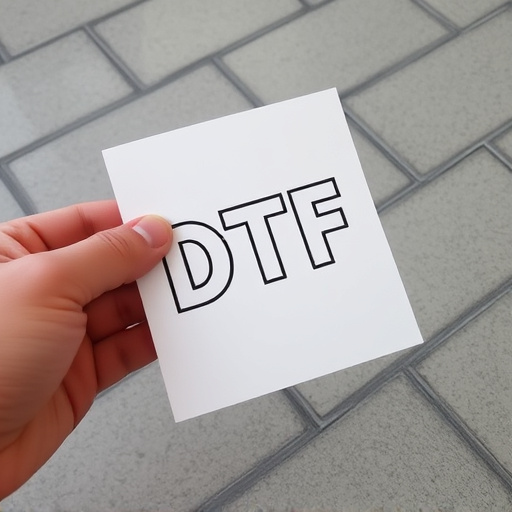
Direct-to-Film (DTF) printing is a cutting-edge technique allowing designers to bring their creative…….
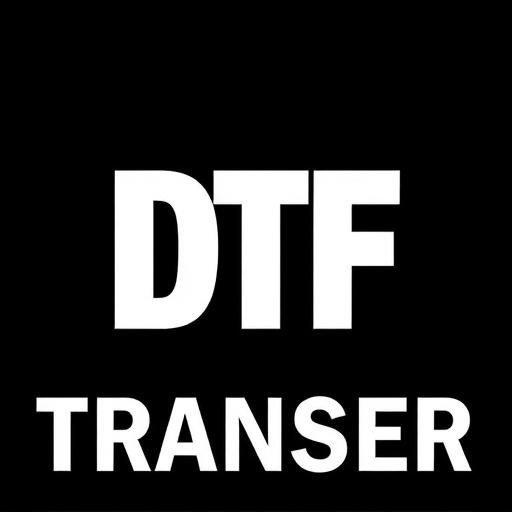
Direct-to-Film (DTF) transfer is a cutting-edge method for creating custom, high-quality designs on…….